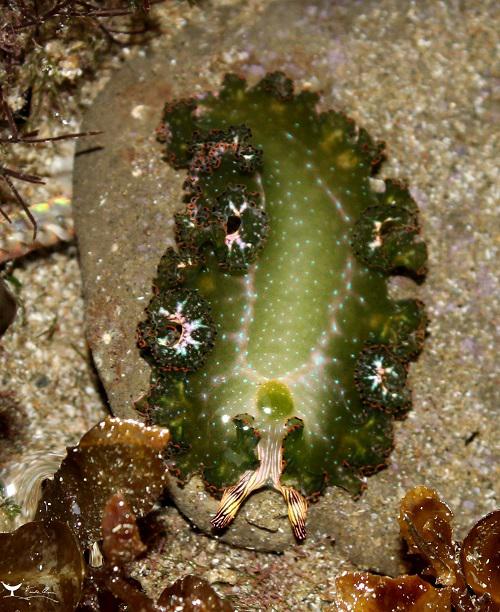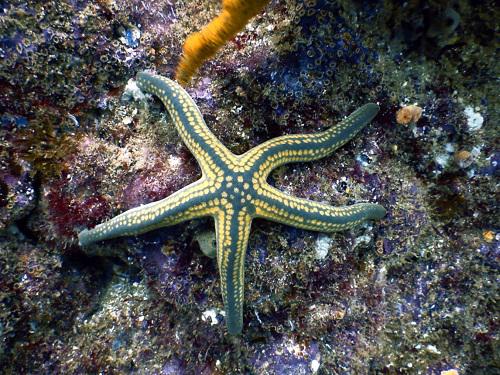Pablo Andrade Cruz
Marine and coastal ecosystems of mainland Ecuador are relatively understudied and there is not much information about the species that inhabit them. Systematized information on its marine biodiversity is scarce and dispersed. The purpose of this project is to create field guides of marine diversity of mainland Ecuador as a scientific tool for the identification of marine organisms; this will allow us to know in more detail about the species and their distribution. In addition, this project will facilitate the growing engagement of citizen scientists, by the creation of a project as an online tool at https://www.inaturalist.org/projects, to aid species identification in the field by both specialists and non-specialists. We will also monitor the health of intertidal and subtidal ecosystems by conducting biodiversity surveys on rocky shores and subtidal communities, as well as by studying whelk size structure in the intertidal zone.

Marine ecosystems of mainland Ecuador have been understudied despite their high diversity. Most of the marine research carried out in the country has mainly focused on the Galápagos Islands, and as such, information on the species that inhabit coastal areas of mainland Ecuador is scarce.

This project will be carried out in collaboration with the Nazca Institute of Marine Research and Universidad San Francisco de Quito (USFQ), with researchers that have worked several years in marine science in the country.
Our primary objective is to make an inventory of the species belonging to the most representative taxonomic groups. We will monitor the selected locations systematically, with the use of transects, quadrats and by keeping the sampling effort equal at all locations. In addition we will take high quality photographs, which will be used for identifying the species to the lowest taxonomic level. Surveys will be carried out both in intertidal and subtidal habitats at several locations along the Ecuadorian coast in order to provide information on the local distribution of the species, along with their habitat.
After compilation of the data, we will create easy-to-use field guides for coastal marine organisms of continental Ecuador. With these, identification and knowledge of the marine biodiversity of mainland Ecuador will become more accessible, encouraging research and conservation in this field.
A second objective of this project is to engage our target audiences, namely students, amateur enthusiasts, ecotourists, researchers and managers. For this, I will create a project as an online tool at https://www.inaturalist.org/projects, to aid species identification in the field by both specialists and non-specialists. People will be encouraged to be part of the project on this website and upload photos and any information on the marine species they observe. The portal allows other people to verify that the species are correctly identified. In this way, people can register observed species, thus contributing to scientific knowledge, and enhancing public understanding and engagement in biodiversity monitoring.